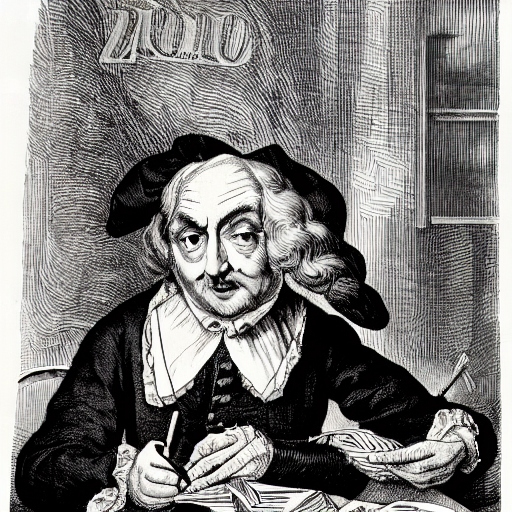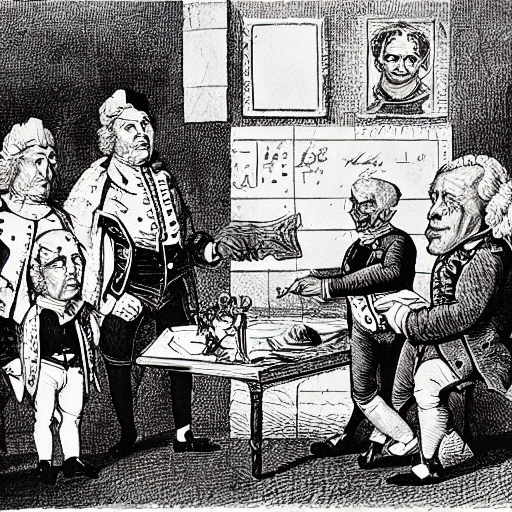Welcome back to our “Crypto Math Series,” where we continue our journey through the intricate world of cryptography. Today, we unveil the mysteries of Zero-Knowledge Proof Problems, a cornerstone in ensuring secure verification without revealing sensitive information. Join us as we explore when and where these problems emerge, the lurking threats posed by malicious intermediaries, methods of detection and resolution, and even simulate a Zero-Knowledge Proof scenario using Python. 🚀🤫🔢🔒
The Quest for Secure Verification
As digital transactions and interactions surged, the need for secure verification methods became paramount. Cryptographers and computer scientists embarked on a quest to design systems where one party could prove knowledge of a secret to another party without disclosing the secret itself. This gave birth to Zero-Knowledge Proof Problems.
The Rise of Zero-Knowledge Proof Problems
-
Goldwasser, Micali, and Rackoff: Shafi Goldwasser, Silvio Micali, and Charles Rackoff laid the foundations of Zero-Knowledge Proofs in the 1980s. Their groundbreaking work introduced the concept of interactive proofs with zero knowledge.
-
Cryptographic Significance: Zero-Knowledge Proofs have immense cryptographic significance. They enable authentication and verification while preserving the privacy and security of sensitive data.
When and Where Zero-Knowledge Proof Problems Arise
1. Secure Authentication: Zero-Knowledge Proofs play a pivotal role in secure authentication. Imagine logging into a system without revealing your password. Zero-Knowledge Proofs make this possible.
2. Blockchain Technology: In the realm of blockchain technology, Zero-Knowledge Proofs allow users to prove ownership of a digital asset without disclosing their wallet address or transaction history.
Malicious Intermediaries: The Threat
1. Man-in-the-Middle Attacks: Malicious intermediaries can exploit vulnerabilities in communication channels, intercepting data and posing as both parties involved. This threatens the integrity of secure transactions.
2. Data Leaks: Traditional verification methods may lead to data leaks, compromising user privacy and security. Zero-Knowledge Proofs offer a solution to these vulnerabilities.
Detecting and Resolving Zero-Knowledge Proof Problems
Detecting Zero-Knowledge Proof Problems requires vigilance in securing communication channels. Employing encryption, secure protocols, and blockchain technology can mitigate these threats.
Python Simulation: Zero-Knowledge Proof Scenario
Let’s simulate a Zero-Knowledge Proof scenario using Python:
import random
# Simulate a Zero-Knowledge Proof
def zero_knowledge_proof(secret, guess):
r = random.randint(1, 100) # Random number
commitment = (secret + r) % 100 # Commitment
# Prover sends commitment to Verifier
# Verifier sends a challenge (0 or 1)
challenge = random.randint(0, 1)
# Prover responds with the opening
if challenge == 0:
response = r
else:
response = (guess - r) % 100
# Verifier checks the response
if (secret + response) % 100 == commitment:
return True
else:
return False
# Simulate a Zero-Knowledge Proof
secret = 42
guess = 33
result = zero_knowledge_proof(secret, guess)
print("Zero-Knowledge Proof Result:", result)
In this Python code, we simulate a Zero-Knowledge Proof scenario where a Prover proves knowledge of a secret to a Verifier without revealing the secret itself.
Visualizing Zero-Knowledge Proofs 📊
Here’s a simplified diagram illustrating a Zero-Knowledge Proof scenario:
Prover Verifier
(P) (V)
| |
| Commitment |
|-------------->| |
| |
| Challenge (0 or 1) |
|<-------------| |
| |
| Response |
|-------------->| |
| |
| |
Conclusion
Zero-Knowledge Proof Problems stand as the guardians of secure verification in the digital world, ensuring privacy and security in transactions and interactions. By understanding their origins, the threats they mitigate, and simulating a Zero-Knowledge Proof scenario, we embrace the art of secure verification.
In our next episode, we’ll continue our exploration of cryptographic wonders. Until then, keep your secrets safe and embark on the journey of secure verification! 🌐🔢🤫🔒
Stay tuned for the next thrilling chapter in our “Crypto Math Series”! 🚀🔢🔐

 Cracking the Code: Subset Sum Problem and Its Crucial Role in Modern Cryptography 🎯🔐
Cracking the Code: Subset Sum Problem and Its Crucial Role in Modern Cryptography 🎯🔐